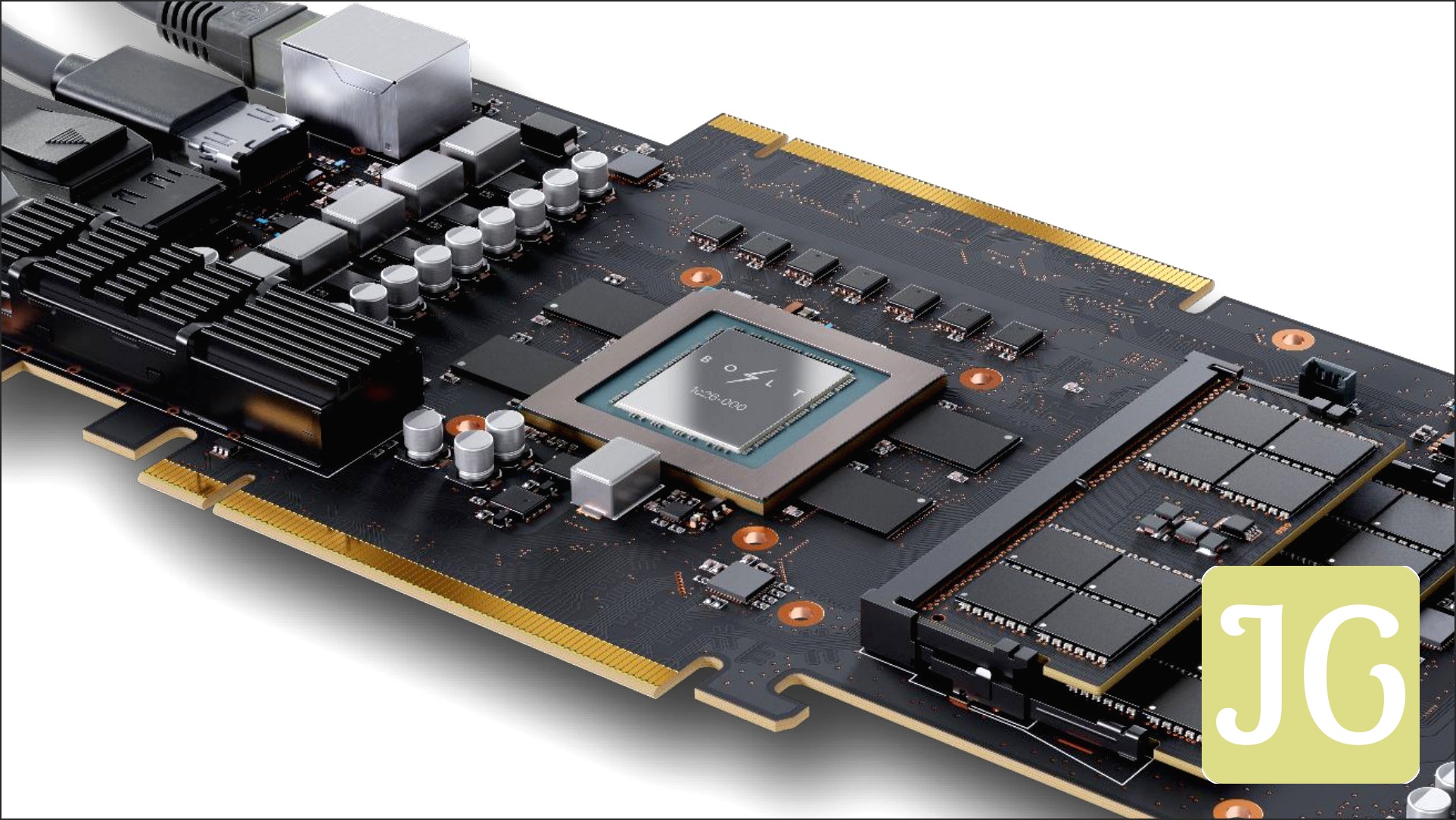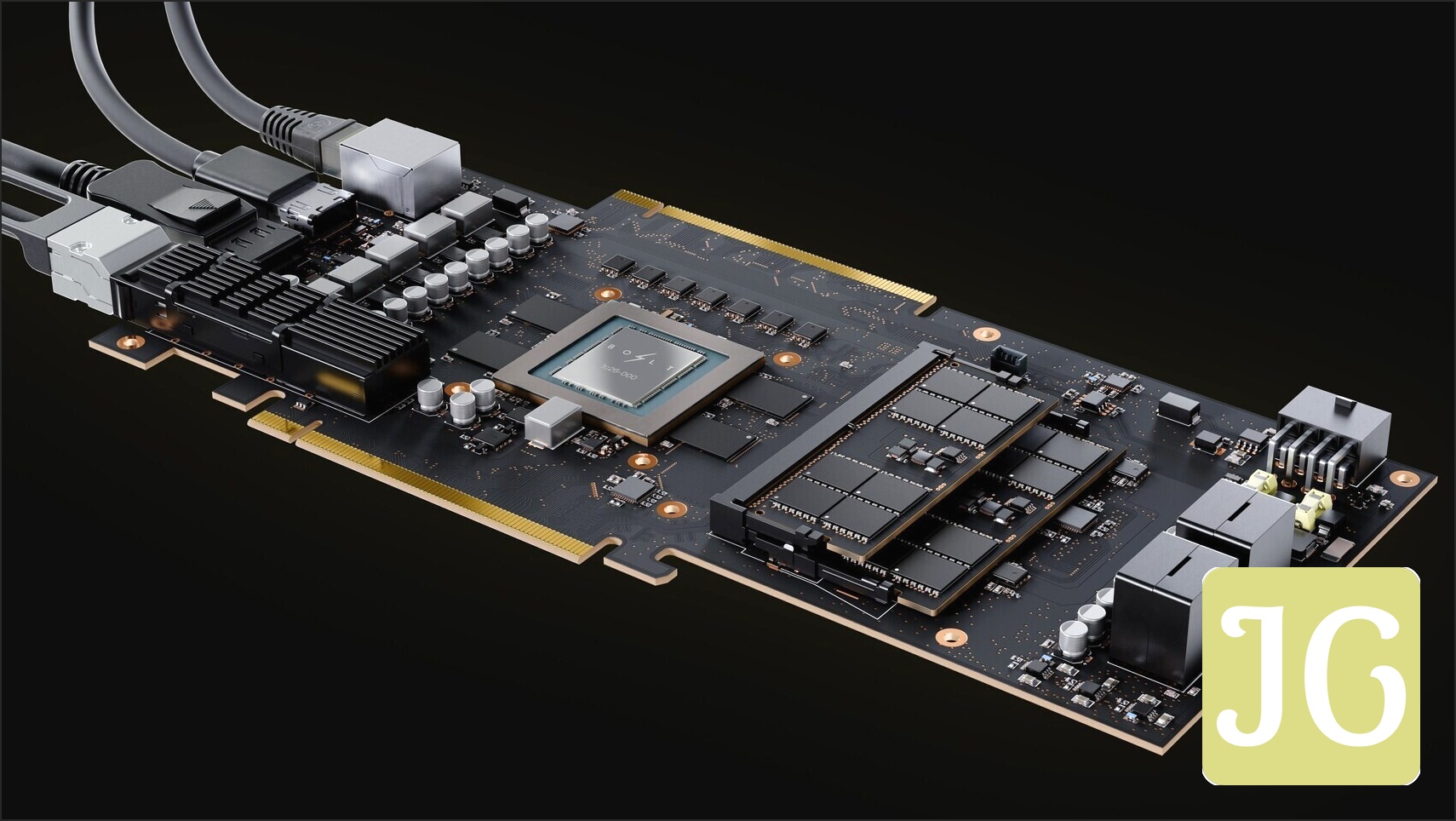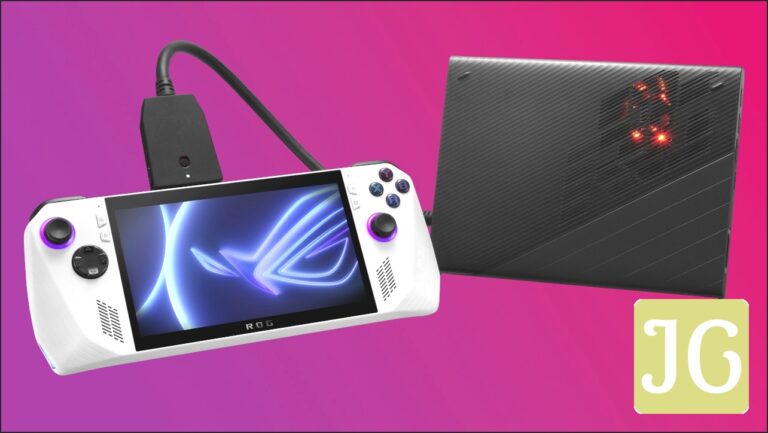A new contender has entered the high-performance computing arena, and its claims are nothing short of audacious. Bolt Graphics, a fresh face in the fiercely competitive GPU space, has unveiled its Zeus GPU platform, promising revolutionary leaps in performance and efficiency that, if true, would redefine the industry. The company is making some truly eye-popping assertions, including a staggering 10x increase in path tracing performance and drastically reduced power consumption compared to NVIDIA’s unreleased RTX 5090. As a hardware validation specialist, my immediate reaction is a healthy dose of skepticism mixed with a genuine intrigue. Such extraordinary claims demand equally extraordinary evidence, and the data, or lack thereof, tells a compelling story of its own.
The Claims: A New Era of GPU Performance?
- 10x Path Tracing Performance: Bolt Graphics asserts that Zeus delivers a tenfold increase in path tracing performance compared to NVIDIA’s GeForce RTX 5090, a figure that, if substantiated, would be genuinely disruptive for rendering and gaming.
- 6-12x FP64 HPC Performance: For high-performance computing, Zeus is claimed to offer a 6x to 12x gain in FP64 performance over the RTX 5090, maintaining IEEE-754 FP64 accuracy.
- 300x Electromagnetic Wave Simulation Performance: In specialized workloads like electromagnetic wave simulations, Zeus reportedly outpaces NVIDIA’s B200 by an astonishing 300 times.
- Extremely Low Power Consumption: Despite these performance claims, Zeus is touted to operate with remarkably low power consumption, with some variants requiring as little as 120W, a stark contrast to the RTX 5090’s expected 575W TDP.
- Groundbreaking Expandable VRAM: Bolt Graphics introduces the industry’s first expandable VRAM, allowing PCIe cards to reach up to 384GB of memory and server configurations to scale to an unprecedented 2.25TB per Zeus GPU, with racks potentially reaching 180TB.
The Reality Check: Technical Specifications vs. Bold Promises
Zeus (Claimed) vs. RTX 5090 (Known)
| Metric | Bolt Graphics Zeus (Claimed) | NVIDIA RTX 5090 (Known) |
|---|---|---|
| Path Tracing (Gigarays) | 77 | 32 |
| Theoretical FP32 TFLOPs | 40 TFLOPs (Zeus 4c26-256) | 105 TFLOPs |
| VRAM Bandwidth | Up to 725 GB/s | 1790 GB/s |
| TDP | 120W | 575W |
The comparison table above immediately highlights the paradox at the heart of Bolt Graphics’ announcement. How can a GPU claim vastly superior path tracing performance while simultaneously exhibiting significantly lower theoretical FP32 TFLOPs and VRAM bandwidth than its supposed competitor? The answer lies in the critical caveat surrounding all of Bolt Graphics’ performance figures: they are entirely ‘pre-silicon’ results, ‘theoretically determined by design software,’ ‘internal simulations,’ or ’emulation,’ not actual hardware tests. This is a crucial distinction that any hardware enthusiast must grasp. Bolt Graphics has not disclosed any details about the micro-benchmark used for these impressive numbers, nor how they obtain comparative performance figures for competitor GPUs like the RTX 5090 or NVIDIA’s B200. My experience in hardware validation teaches me that simulated results, while useful for internal design, are often a far cry from real-world performance, which is influenced by a myriad of factors including complex rendering pipelines, dynamic scene content, and driver optimization.
Beyond the Numbers: Zeus’s Unique Architecture
While the performance claims remain unverified, the architectural design of Zeus itself is undeniably unique. Bolt Graphics describes a ‘Bolt Zeus Cluster’ design, which reportedly integrates a single-threaded CPU, a separate vector core equipped with FP64 ALUs, a substantial cache, and various ‘graphics and other accelerators.’ This unconventional approach aims to optimize for specific high-performance workloads, particularly path tracing and HPC. Equally innovative is Zeus’s VRAM implementation. Unlike traditional GPUs, Zeus features LPDDR5X memory soldered directly onto the board (ranging from 32GB to 128GB, or up to 256GB on specific variants), but crucially, it also includes SODIMM slots that allow users to add standard laptop RAM, expanding the total VRAM capacity up to 384GB per card. Furthermore, Zeus boasts native integration of high-speed 400 GbE and 800 GbE Ethernet interfaces, eliminating the need for external network interface cards and promising massive scalability for interconnected GPU clusters.

The Gaming Question: Will Zeus Deliver Real-World FPS?
For gamers, the ultimate test of any GPU is its real-world performance in titles that matter. This hinges not just on raw theoretical throughput but critically on robust software and optimized drivers. Developing performant DirectX and Vulkan drivers for a completely new, unconventional architecture like Zeus is an immense challenge that has historically tripped up even established players. Despite Bolt Graphics claiming cooperative relationships with several game development companies, there is a complete absence of any simulated gameplay benchmarks or visual demonstrations. We have no frame rate data, no visual fidelity comparisons in actual game engines—nothing tangible to suggest how Zeus would perform in a gaming scenario. While Bolt Graphics claims Zeus can deliver full-quality 4K path-traced graphics at a smooth 120 FPS with at least 25 samples per pixel without upscaling or frame generation, this remains entirely unproven and, from a hardware validation perspective, currently unknown.
Extraordinary Claims Require Extraordinary Evidence
Bolt Graphics’ claims for Zeus are, without a doubt, exciting and hold the potential to disrupt the GPU landscape. However, the lack of real-world, independently verifiable benchmarks, coupled with contradictory theoretical specifications (high path tracing, low FP32 TFLOPs) and an unconventional design, necessitates extreme skepticism from the gaming and professional communities. Until tangible proof emerges from rigorous, repeatable testing, these claims remain just that: claims.
What’s Next for Zeus: A Long Road to Market
According to Bolt Graphics’ official timeline, developer kits for Zeus are aimed for early access in the second half of 2025. However, mass production of PCIe cards and server models is slated for late 2026 or even 2027. This extended timeline presents a significant challenge. By the time Zeus potentially hits the mass market, both AMD and NVIDIA are expected to have released their next-generation GPUs. This means that the current comparisons to the RTX 5090, while headline-grabbing today, may become entirely irrelevant in a future competitive landscape. The market waits for no one, and a long incubation period for a product with unverified performance claims only increases the skepticism.
Key Takeaways: The Zeus Enigma
- Bolt Graphics’ Zeus GPU makes revolutionary, unverified performance claims, particularly in path tracing and HPC, promising unprecedented efficiency.
- These claims are based on ‘pre-silicon’ simulations and directly contradict traditional performance metrics like FP32 TFLOPs and VRAM bandwidth.
- Zeus features a unique ‘Bolt Zeus Cluster’ architecture and an unconventional expandable VRAM system, which present significant driver and optimization challenges.
- There is a complete absence of real-world gaming benchmarks or visual demonstrations, leaving actual performance entirely unproven.
- The long road to market (mass production in late 2026/2027) means the competitive landscape will evolve significantly with next-gen GPUs from AMD and NVIDIA.
- The gaming world, and indeed the entire tech industry, awaits actual, independently verifiable benchmarks before accepting these extraordinary claims.
Your Burning Questions About Zeus, Answered (For Now)
Is Bolt Graphics a legitimate company?
Yes, Bolt Graphics, Inc. is a semiconductor developer that has been working on the Zeus GPU for four years and has officially announced its existence via press releases and a YouTube video. While the company itself appears legitimate, the product’s claims remain unverified.
How can Zeus be so fast in path tracing with lower TFLOPs and VRAM bandwidth?
This is the core paradox. Bolt Graphics’ performance figures are based on ‘pre-silicon benchmarks in emulation’ and internal micro-simulations. They do not disclose details about their micro-benchmark or how they derive comparative performance for competitor GPUs. Real-world path tracing performance is influenced by many factors beyond raw ray-triangle intersection rates, including shader performance, memory access patterns, and driver optimization, where Zeus’s theoretical FP32 TFLOPs and VRAM bandwidth are significantly lower than the RTX 5090. Until real-world data emerges, this discrepancy remains a major point of skepticism.
When will actual, real-world gaming benchmarks be available?
Bolt Graphics has stated that benchmark results and demos for Zeus are scheduled to be released in the second half of 2025. Developer kits are also expected to ship later in 2025. Mass production, however, is not slated until late 2026 or 2027.
What about gaming drivers and software optimization?
Developing robust and performant DirectX and Vulkan drivers for a completely new, unconventional GPU architecture is an immense undertaking. While Bolt Graphics claims cooperative relationships with game development companies, there have been no public demonstrations of Zeus running actual games. The gaming community will need to see significant progress on the software front for Zeus to be viable.
What will Zeus GPUs cost?
As of now, Bolt Graphics has not disclosed any pricing information for the Zeus GPUs or associated developer kits. This is a critical piece of information that remains unknown.
Should I wait for Zeus instead of buying a current-gen GPU?
Based on the current information, it is impossible to estimate the real-world performance of Zeus. With mass production not expected until late 2026 or 2027, AMD and NVIDIA will undoubtedly have released their next-generation GPUs by then, making current comparisons potentially irrelevant. For immediate gaming needs, relying on proven hardware with established driver support is the pragmatic choice. Waiting for Zeus carries significant risk given the unverified claims and distant release window.





